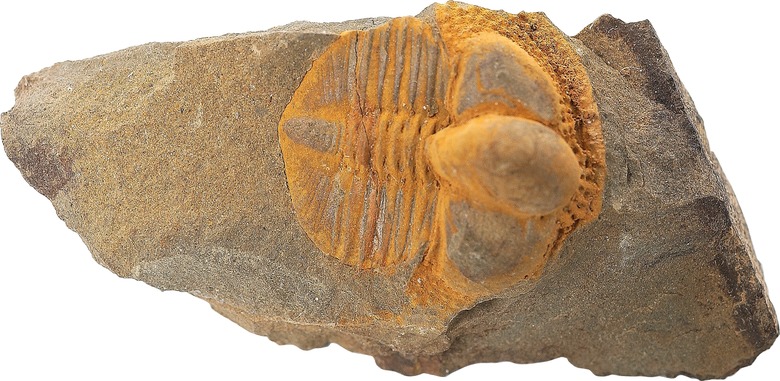How To Identify Fossil Bones
Anyone would love to find a rare or never-before-seen fossil while digging in their backyard. It's certainly not impossible – one six-year-old boy from England found a 400 million-year-old fossilized coral in his garden! And while the likelihood of finding fossils in your own backyard is probably quite low, curious enthusiasts should still learn how to find and identify fossils. After all, you never know what you'll find!
Fossilized Bone Identification: Location
Fossilized Bone Identification: Location
The most important part of fossil hunting is location. Fossils tend to turn up in specific areas where conditions allowed proper preservation to occur. You can even find a handy map tool to show you where the most fossils have been found, and if anyone has found fossils in your area (see Resources Section).
If you've been digging for fossils in your backyard or at your local park and you think you might have found a likely specimen, the location is the first thing you should consider. If you've found what looks like a fossil but are unsure, check to see if any other fossils have been found in the area.
Say you've found something in an area with tons of confirmed fossils. How can you tell for sure if you're dealing with a fossil or just a funny-looking rock?
Fossilized Bone Identification: Rock vs. Bone
Fossilized Bone Identification: Rock vs. Bone
To tell the difference between rock and bone, researchers primarily look at the textures in a sample. Because bone is porous, which means that it contains small pores or holes in its structure, the surface of a fossil typically isn't entirely smooth. Though it's an odd way to determine if you're dealing with a rock or a bone, paleontologists do have one interesting and quick way to determine if you're working with a fossil – just lick it!
Yes, you should lick it. Carefully, of course. By placing the tip of your tongue just on the surface of the fossil you can determine if the specimen sticks to your tongue or not. A fossil will stick slightly, while a rock will not.
Common Fossil Types in the United States
Common Fossil Types in the United States
If you've made it this far, congratulations – you might have a fossil! While the best bet is to take your specimen over to your local museum or university to see if they can help you confirm and identify your fossil, you can also take a swing at identifying the fossil yourself!
The first thing you should do when identifying fossils is check common fossil identification sheets for your area. You can find different fossils in different parts of the world, so narrowing down your search based on location is the best way to get an accurate identification. Ancient creatures lived in different regions, so even if you're searching in the desert you might come across the fossilized remains of a sea creature that swam through the area when the ocean covered that region in the past!
For example, some of the common fossils that you can find in the western portions of the state of New York, particularly along the shores of Lake Erie, include different species of trilobites, brachiopods, cephalopods, crinoids and even coral! Conversely, while searching in North and South Carolina you're much more likely to come across shark fossils than any other kind. Some commonly-found specimens include megalodon teeth, great white shark teeth, mako shark teeth, tiger shark teeth, hammerhead shark teeth and even shark vertebrae bones!
Cite This Article
MLA
Zinni, Yasmin. "How To Identify Fossil Bones" sciencing.com, https://www.sciencing.com/identify-fossil-bones-5838045/. 1 December 2021.
APA
Zinni, Yasmin. (2021, December 1). How To Identify Fossil Bones. sciencing.com. Retrieved from https://www.sciencing.com/identify-fossil-bones-5838045/
Chicago
Zinni, Yasmin. How To Identify Fossil Bones last modified March 24, 2022. https://www.sciencing.com/identify-fossil-bones-5838045/
